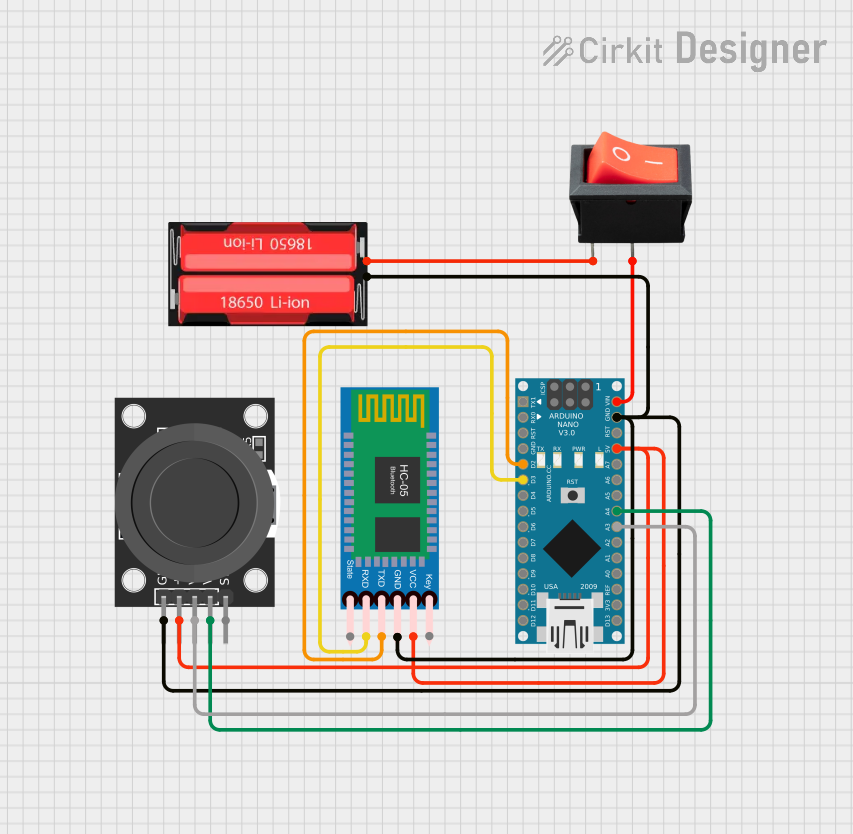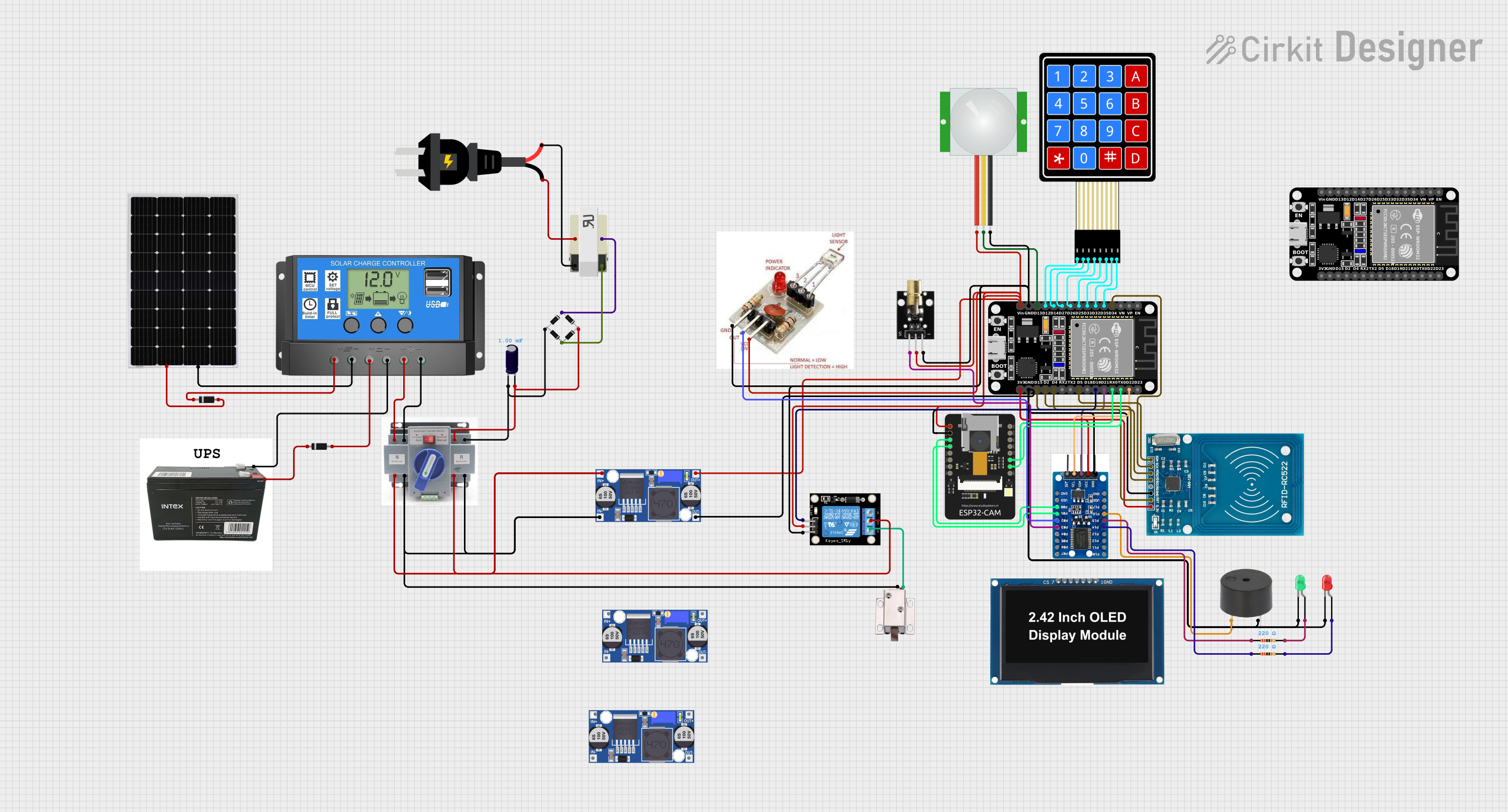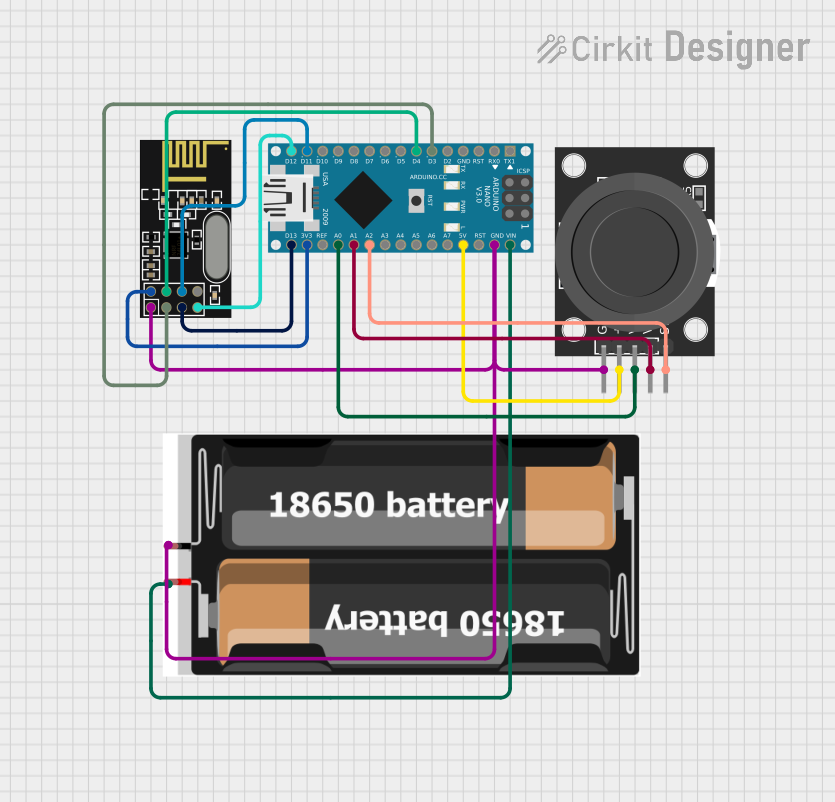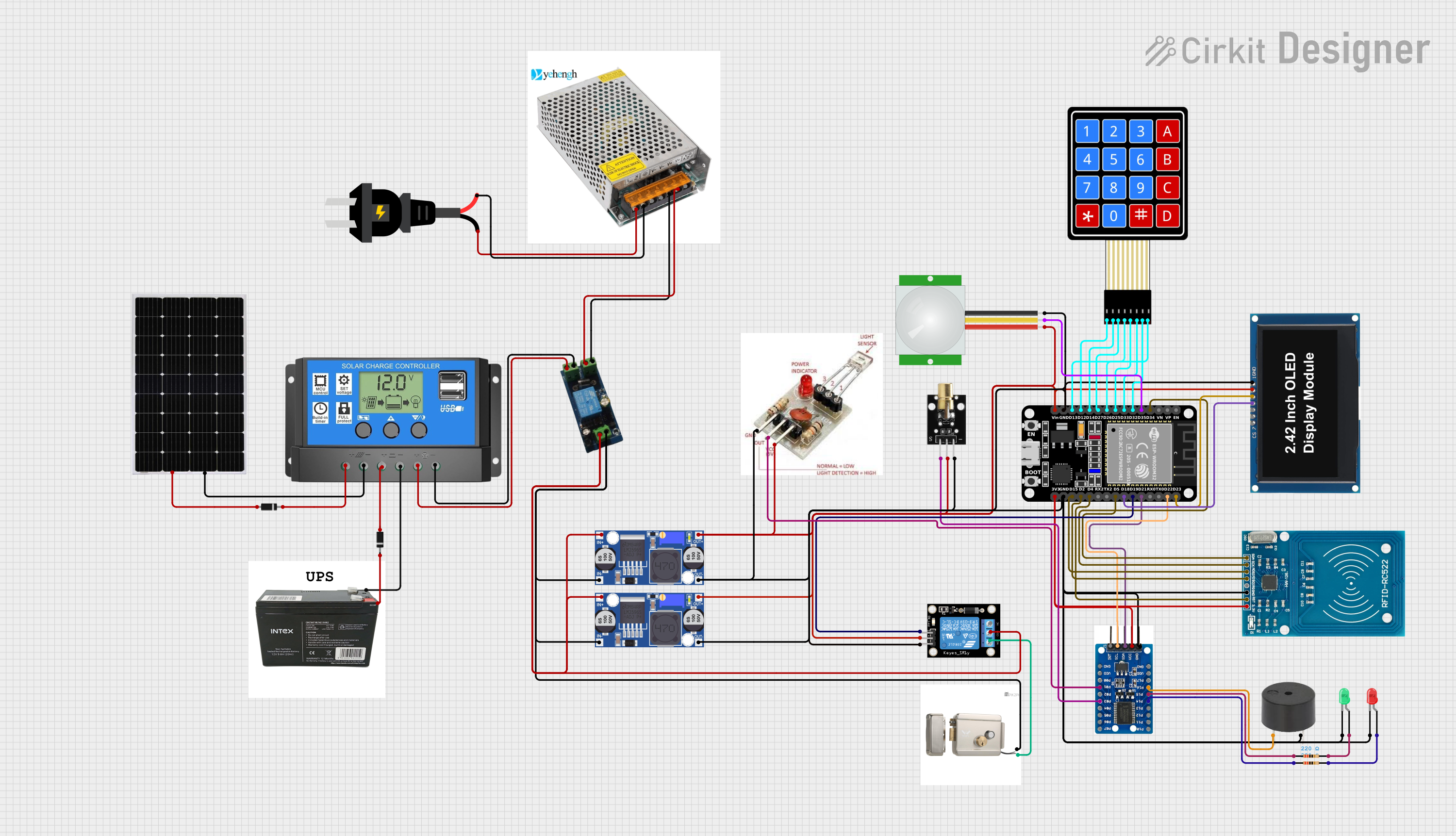
How to Use KY-012: Examples, Pinouts, and Specs

 Design with KY-012 in Cirkit Designer
Design with KY-012 in Cirkit DesignerIntroduction
The KY-012 is a passive piezoelectric buzzer module that produces sound when an AC signal is applied. Unlike active buzzers, which generate sound on their own, passive buzzers require an external signal to produce sound. This makes the KY-012 versatile for various applications where different tones or frequencies are needed.
Explore Projects Built with KY-012

 Open Project in Cirkit Designer
Open Project in Cirkit Designer
 Open Project in Cirkit Designer
Open Project in Cirkit Designer
 Open Project in Cirkit Designer
Open Project in Cirkit Designer
 Open Project in Cirkit Designer
Open Project in Cirkit DesignerExplore Projects Built with KY-012

 Open Project in Cirkit Designer
Open Project in Cirkit Designer
 Open Project in Cirkit Designer
Open Project in Cirkit Designer
 Open Project in Cirkit Designer
Open Project in Cirkit Designer
 Open Project in Cirkit Designer
Open Project in Cirkit DesignerCommon Applications and Use Cases
- Alarm Systems: Used to alert users of security breaches or other emergencies.
- Timers: Provides audible alerts for countdowns or elapsed time.
- User Interfaces: Offers feedback in electronic devices, such as button presses.
- Educational Projects: Ideal for learning about sound generation and signal processing.
Technical Specifications
Key Technical Details
| Parameter | Value |
|---|---|
| Operating Voltage | 3.3V - 5V |
| Current Consumption | < 30mA |
| Sound Output | 85dB at 10cm |
| Frequency Range | 1.5kHz - 2.5kHz |
| Dimensions | 18.5mm x 15mm x 11.5mm |
Pin Configuration and Descriptions
| Pin Number | Pin Name | Description |
|---|---|---|
| 1 | VCC | Power supply (3.3V - 5V) |
| 2 | GND | Ground |
| 3 | I/O | Signal input (PWM or square wave) |
Usage Instructions
How to Use the Component in a Circuit
- Power Connection: Connect the VCC pin to a 3.3V or 5V power supply.
- Ground Connection: Connect the GND pin to the ground of the power supply.
- Signal Input: Connect the I/O pin to a PWM-capable pin on a microcontroller (e.g., Arduino UNO).
Example Circuit Diagram
Arduino UNO KY-012
----------- ------
5V --------------> VCC
GND --------------> GND
Pin 9 ------------> I/O
Important Considerations and Best Practices
- Signal Type: Ensure the signal input is a PWM or square wave to produce sound.
- Voltage Levels: Do not exceed the operating voltage range (3.3V - 5V) to avoid damaging the module.
- Frequency Range: Experiment with different frequencies within the 1.5kHz - 2.5kHz range to achieve the desired sound.
Sample Arduino Code
/*
* KY-012 Passive Buzzer Example
* This code generates a tone on the KY-012 buzzer using PWM on pin 9.
*/
const int buzzerPin = 9; // Pin connected to the I/O pin of KY-012
void setup() {
pinMode(buzzerPin, OUTPUT); // Set the buzzer pin as an output
}
void loop() {
tone(buzzerPin, 2000); // Generate a 2kHz tone
delay(1000); // Wait for 1 second
noTone(buzzerPin); // Stop the tone
delay(1000); // Wait for 1 second
}
Troubleshooting and FAQs
Common Issues Users Might Face
No Sound Output:
- Solution: Ensure the signal input is a PWM or square wave. Check the connections and verify the power supply voltage.
Low Sound Volume:
- Solution: Verify the operating voltage is within the specified range (3.3V - 5V). Experiment with different frequencies to achieve optimal sound output.
Intermittent Sound:
- Solution: Check for loose connections. Ensure the signal input is stable and continuous.
FAQs
Q1: Can I use the KY-012 with a 3.3V microcontroller?
- A1: Yes, the KY-012 can operate within a voltage range of 3.3V to 5V.
Q2: What type of signal does the KY-012 require?
- A2: The KY-012 requires a PWM or square wave signal to produce sound.
Q3: How can I change the tone of the buzzer?
- A3: You can change the tone by varying the frequency of the PWM signal applied to the I/O pin.
Q4: Is the KY-012 suitable for continuous operation?
- A4: Yes, but ensure the module does not overheat and is operated within the specified voltage range.
By following this documentation, users can effectively integrate the KY-012 passive piezoelectric buzzer module into their projects, ensuring reliable and optimal performance.